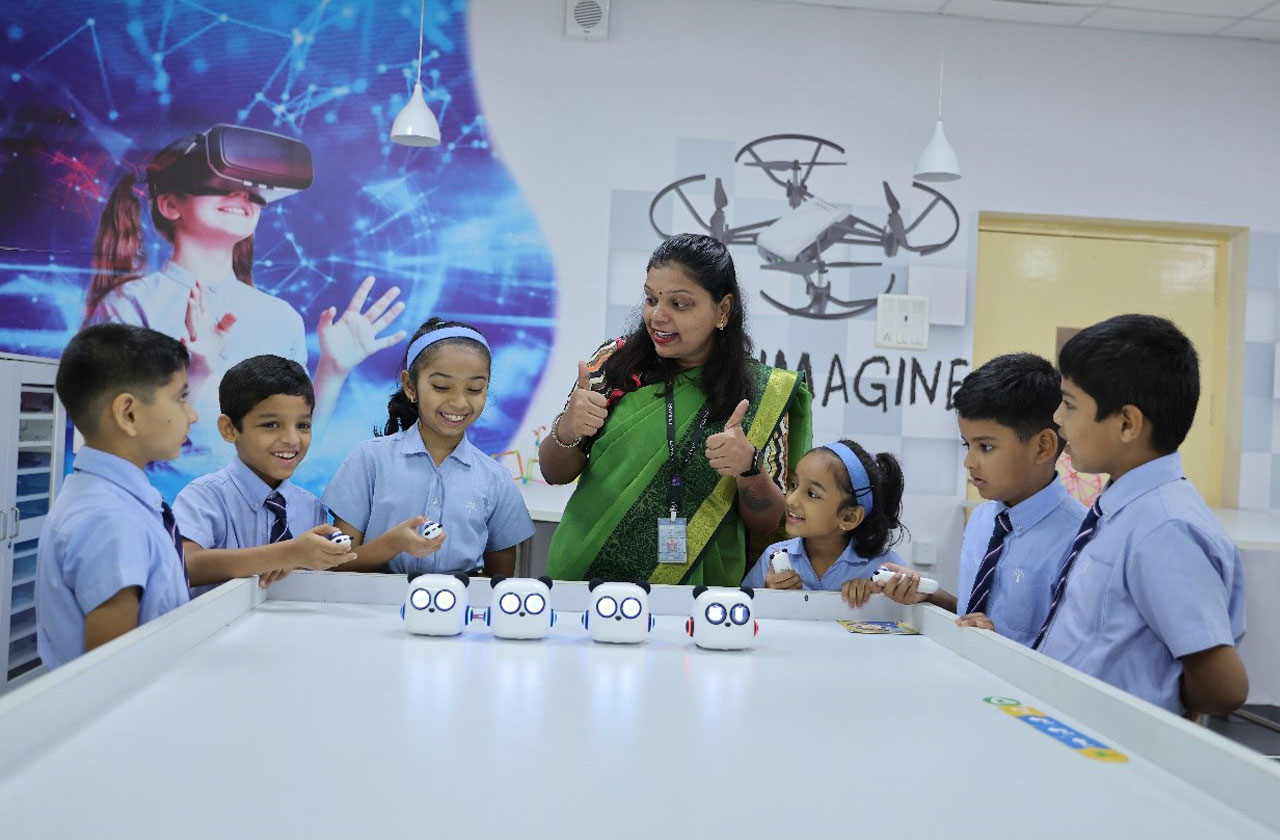Positive And Negative Impact of Technology on Education
In the digital age, technology has revolutionised every aspect of our lives, including education. The impact of technology on education is profound, presenting both positive and negative aspects. As educators, parents, and students navigate this evolving landscape, it is essential to understand the nuances and strike a balance that harnesses the benefits while mitigating potential drawbacks.
Positive Impact of Technology on Education:
Enhanced Learning Opportunities:
One of technology's most significant positive impacts on education is the abundance of enhanced learning opportunities. Digital resources, online courses, and educational apps provide students with access to a wealth of information beyond traditional textbooks. This dynamic learning environment encourages self-directed exploration, enabling students to delve deeper into subjects that interest them and pursue a more personalised learning journey.
Interactive and Engaging Learning:
Technology has transformed the way information is presented and absorbed. Interactive whiteboards, educational games, and multimedia content make learning more engaging and dynamic. Visual aids, simulations, and virtual reality experiences bring complex concepts to life, catering to diverse learning styles and fostering a deeper understanding of the material.
Collaborative Learning Platforms:
Technology facilitates student collaboration, breaking geographical barriers and enabling seamless communication. Learning management systems, video conferencing, and collaborative online platforms empower students to collaborate on projects, share ideas, and engage in meaningful discussions. This collaborative aspect prepares students for the teamwork required in the professional world and broadens their perspectives through exposure to diverse viewpoints.
Access to Information and Resources:
The internet serves as a vast repository of information, granting students instant access to a plethora of resources. Online databases, e-books, and educational websites democratise knowledge, ensuring that students have the same opportunities to explore and learn regardless of their geographical location. This democratisation of information is a powerful tool for promoting inclusivity and equal access to education.
Preparation for the Digital Age:
Incorporating technology into education prepares students for the demands of the digital age workforce. Familiarity with digital tools, software, and online platforms equips students with essential skills increasingly valued in today's job market. This technological literacy is valuable as it aligns education with real-world applications, empowering students to adapt and thrive in an ever-evolving technological landscape.
Negative Impact of Technology on Education:
Distraction and Attention Issues:
While technology enhances engagement, it also introduces the risk of distraction. The allure of social media, gaming, and other online activities can divert students' attention away from educational content. Striking a balance between productive use and potential distractions becomes a critical challenge, requiring educators to implement strategies that encourage responsible and focused classroom technology use.
Overreliance on Screens:
The integration of technology sometimes leads to an overreliance on screens, potentially affecting students' physical and mental well-being. Prolonged screen time has been associated with issues such as eye strain, disrupted sleep patterns, and decreased physical activity. Educators must be mindful of creating a balanced learning environment that includes a mix of digital and non-digital activities to promote overall well-being.
Technological Disparities:
Despite the widespread availability of technology, there are still disparities in access among students. Not all students have equal access to devices and high-speed internet, creating a digital divide that can exacerbate existing educational inequalities. Addressing these disparities is crucial to ensuring that every student can benefit from the positive impacts of technology on education.
Privacy and Security Concerns:
The digital landscape raises concerns about the privacy and security of student data. Educational technology often involves collecting and storing sensitive information, necessitating robust measures to safeguard against data breaches and unauthorised access. Striking the right balance between utilising technology for educational purposes and protecting student privacy is an ongoing challenge for educational institutions.
Depersonalization of Learning:
In some instances, the widespread use of technology can lead to a depersonalisation of the learning experience. Automated assessments, online courses, and pre-programmed learning modules may inadvertently diminish the role of educators in fostering meaningful connections with students. Maintaining a balance that leverages technology without sacrificing the personal touch and mentorship, teachers provide is essential for a holistic education experience.
At Podar International School, we recognise the transformative power of technology in education and its impact on the future of learning. Our commitment goes beyond leveraging technology as a tool; it ensures its integration aligns with our core values of providing a holistic and inclusive educational experience. Embracing the positive aspects of technology, we strive to create a learning environment that nurtures curiosity, creativity, and critical thinking while addressing potential challenges. Moreover, at Podar International School, we are committed to addressing technological disparities, ensuring that all our students have equal access to cutting-edge educational tools. By incorporating technology responsibly and inclusively, we aim to prepare our students for academic success and the demands of an increasingly digital world.
Topics

